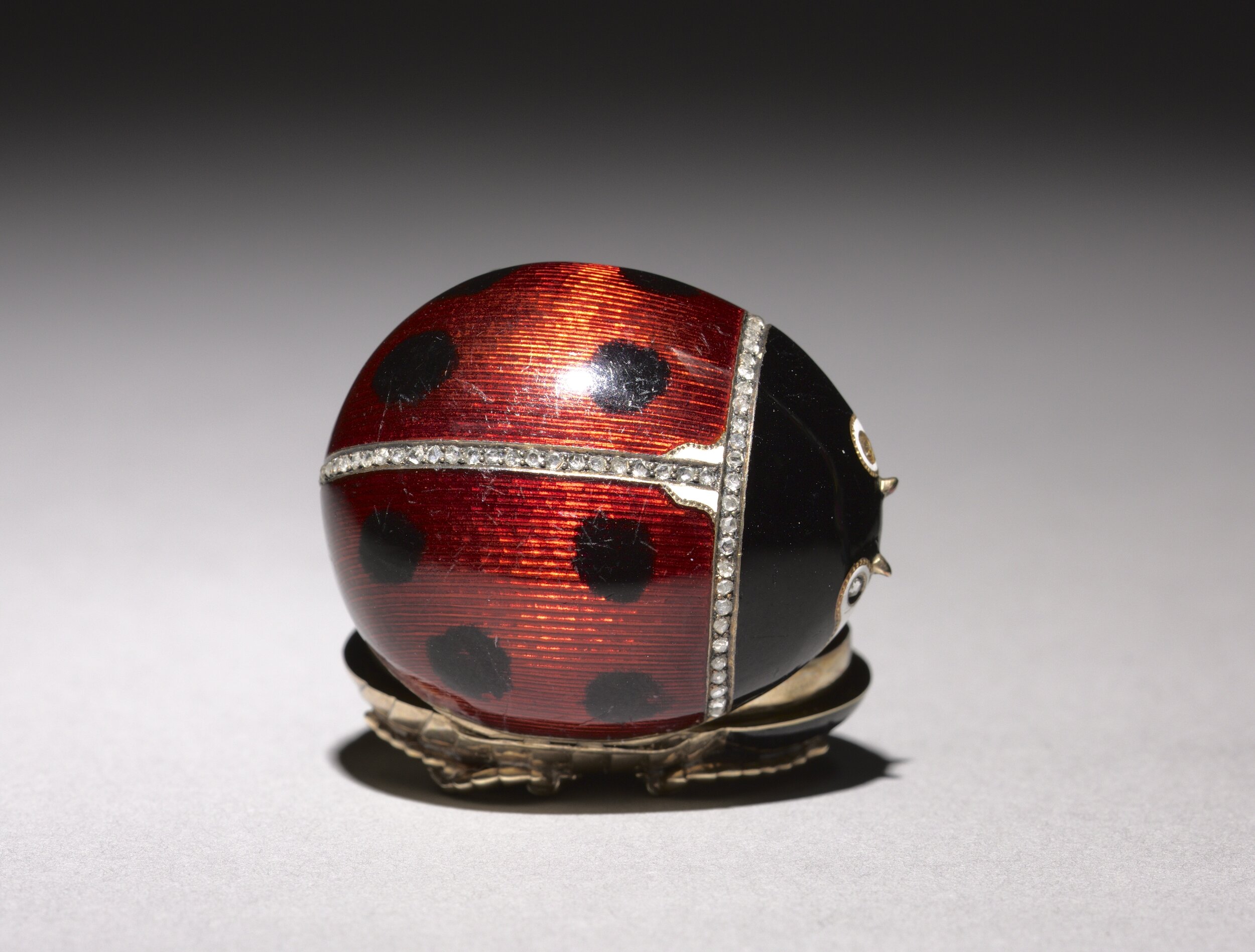Lucky Ladybugs
Although we can’t seem to agree on what to call them (ladybirds? ladybeetles?), we can all agree that these are lucky little creatures. Seven spots are luckiest; and the redder, the better.
The ladybug is said to be named after the Blessed Virgin Mary, after a village prayed to her for intercession when a horde of pests attacked their crops, and a flock of the red and black beetles showed up to dispatch the vermin. Hence, the name: Our Lady’s Bugs, which was eventually shortened to “ladybugs.”
Ladybugs are all-around harbingers of good fortune. Having a ladybug land on you is lucky; and some say the number of spots corresponds to the number of months or years of good luck you will have. The House has also heard that, among the devout, seven spots symbolize the seven joys and seven sorrows of the Virgin Mary.
These insects are beloved cross-culturally, and are said to bring love; chase away ailments, and protect children. It is considered extremely inauspicious to kill a ladybug intentionally.
Ladybugs, or Coccinellidae, are small beetles that come in a variety of colors and patterns, though the most familiar in North America is the red ladybug with black spots. They are voracious predators of aphids and other plant-eating pests, making them invaluable allies in gardens and farms. A single ladybug can consume up to 5,000 aphids in its lifetime. As an avid gardener, The House can attest to the utility of these beneficial insects — whether or not they are literally heaven-sent.
In addition to their pest-control prowess, ladybugs have fascinating life cycles. They undergo complete metamorphosis, starting as eggs laid on the underside of leaves. These eggs hatch into larvae, which look quite different from the adult beetles. The larvae are also fierce predators, feeding on aphids and other small insects. After several weeks, the larvae pupate, transforming into the familiar adult ladybugs.
Ladybugs have also found their way into various cultural symbols and folklore. In some cultures, they are seen as symbols of protection and good harvests. In others, they are associated with love and romance. For example, in some European traditions, if a ladybug lands on a young woman’s hand, it is said she will be married within the year.
The House believes that the presence of ladybugs in your garden or home is a sign of a healthy, balanced ecosystem. These tiny beetles remind us of the interconnectedness of all living things and the importance of maintaining harmony with nature. So, the next time you see a ladybug, take a moment to appreciate its beauty and the good fortune it brings.

Ladybirds, Wills's Cigarette Card
Coccinella Ladybug Dress, Moschino, Fall/Winter 1995-96
Lucky Ladybirds, Pixie Book
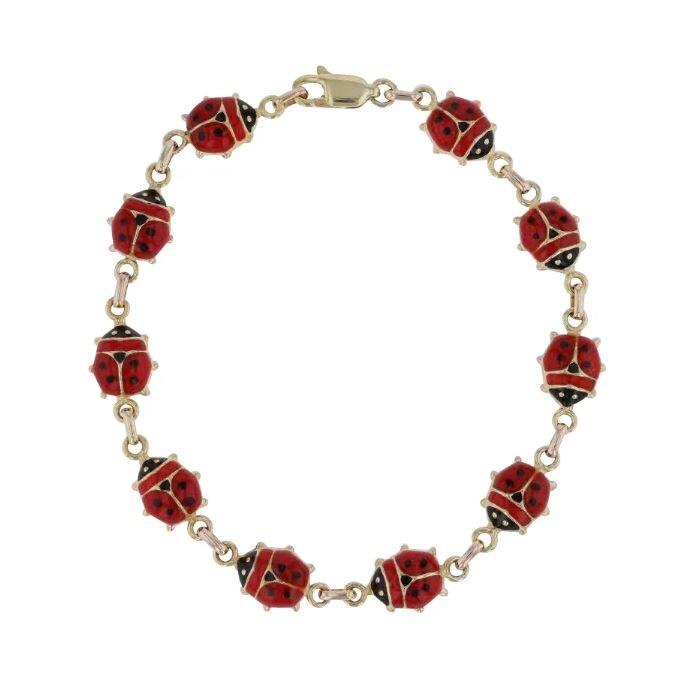
Ladybug Bracelet


Young Girl Gazing at Ladybug
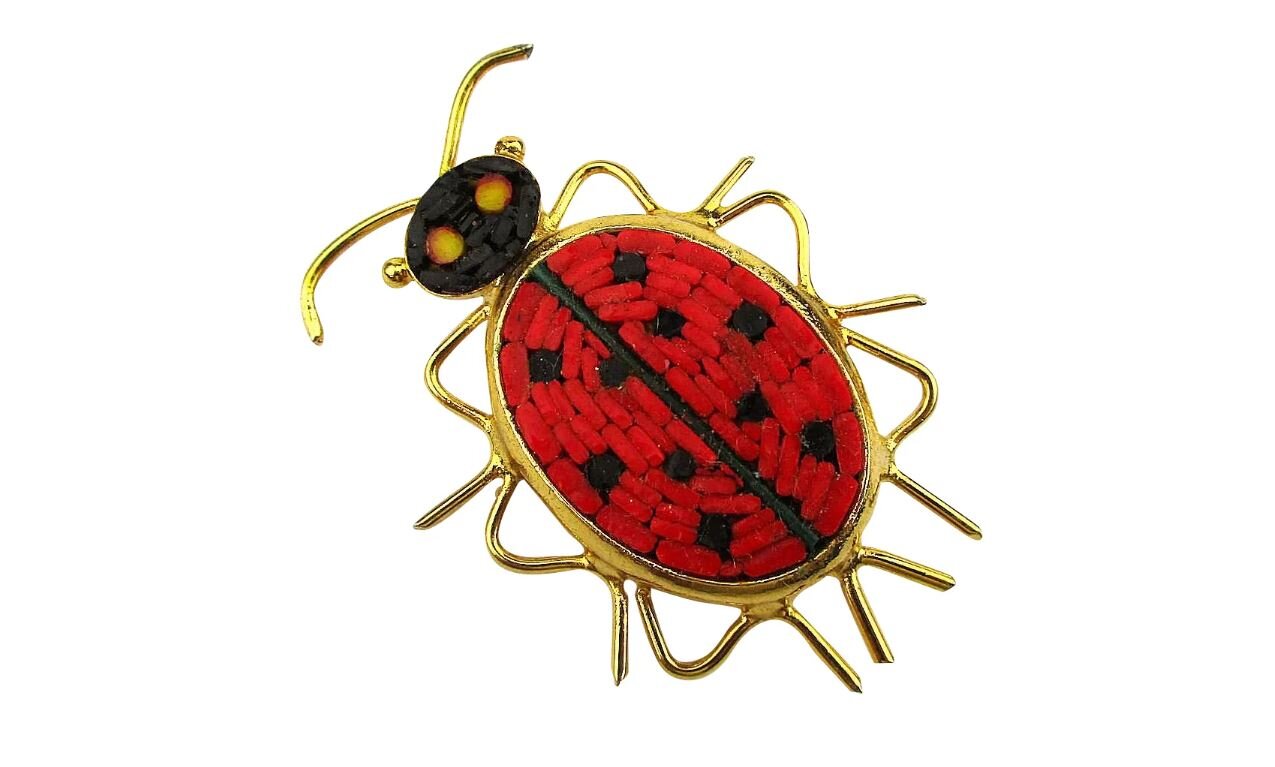
Coccinella, Micromosaic Brooch, Italy
Ladybug Pillbox
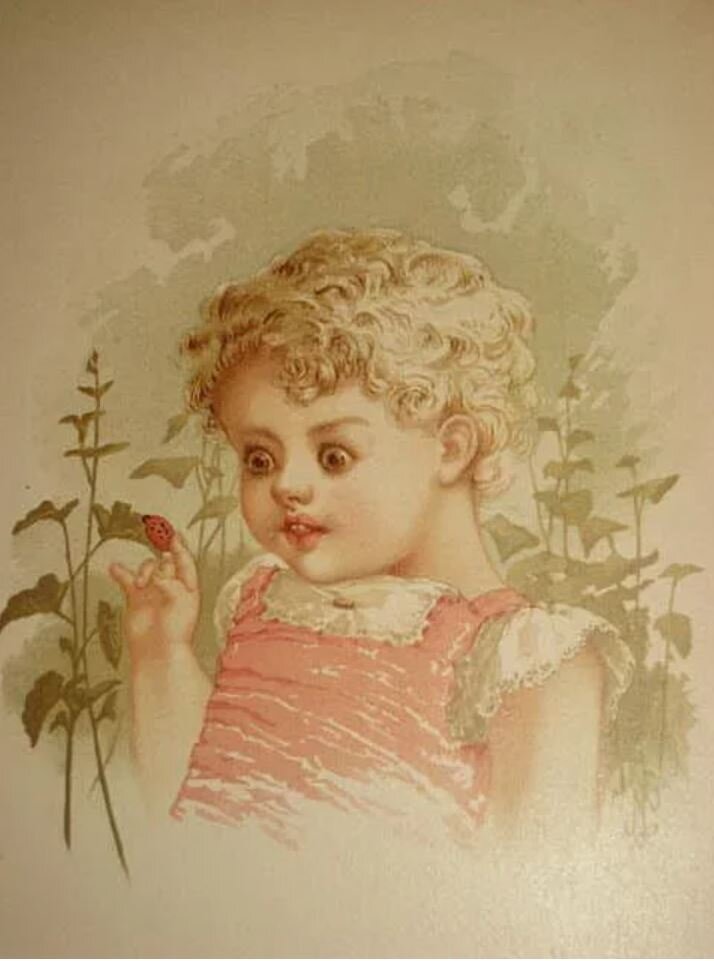
Young Girl, Mesmerized by Ladybug

Lady bug on Euro cent; House of Good Fortune Collection
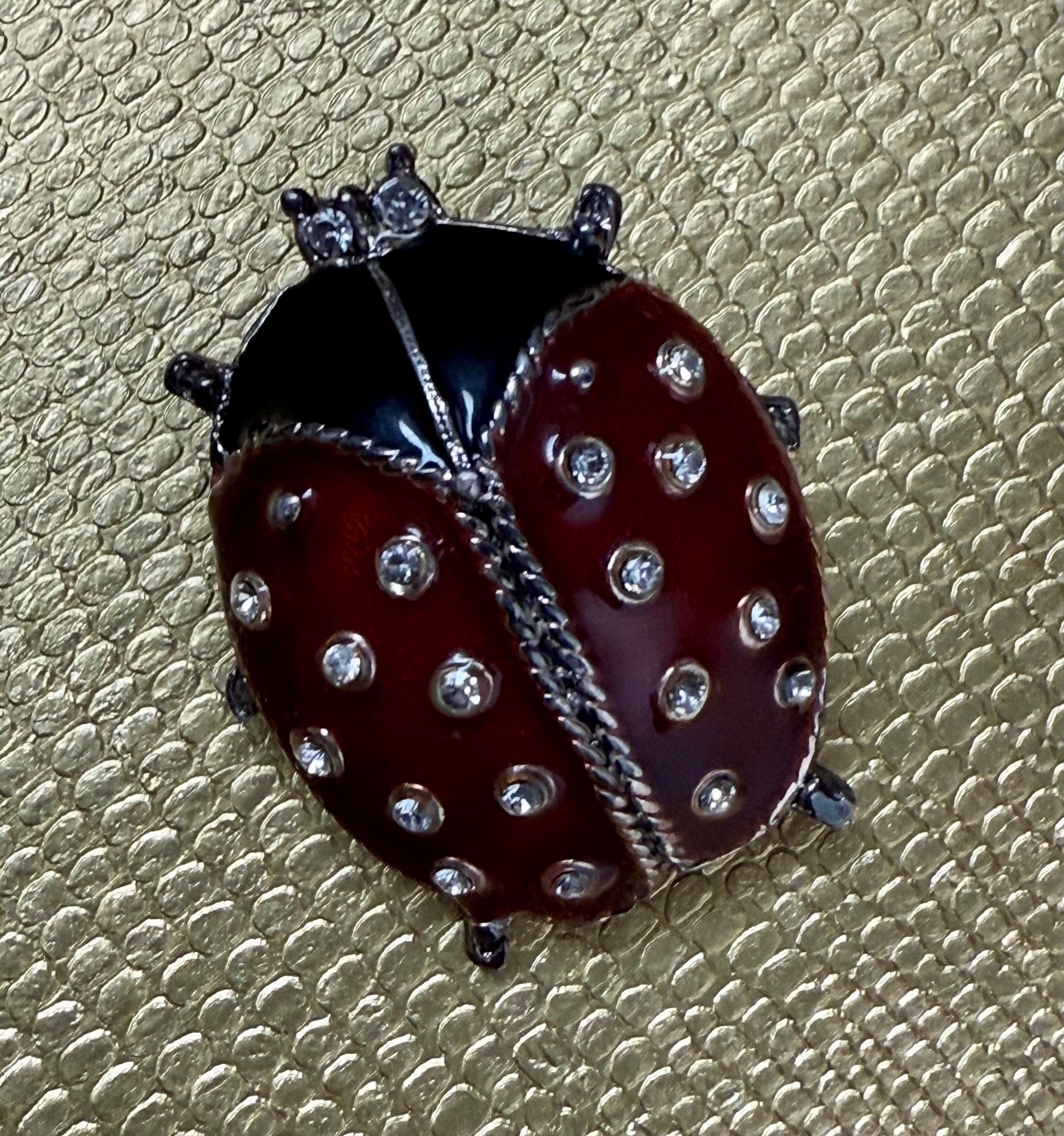
Rhinestone ladybug brooch; House of Good Fortune Collection
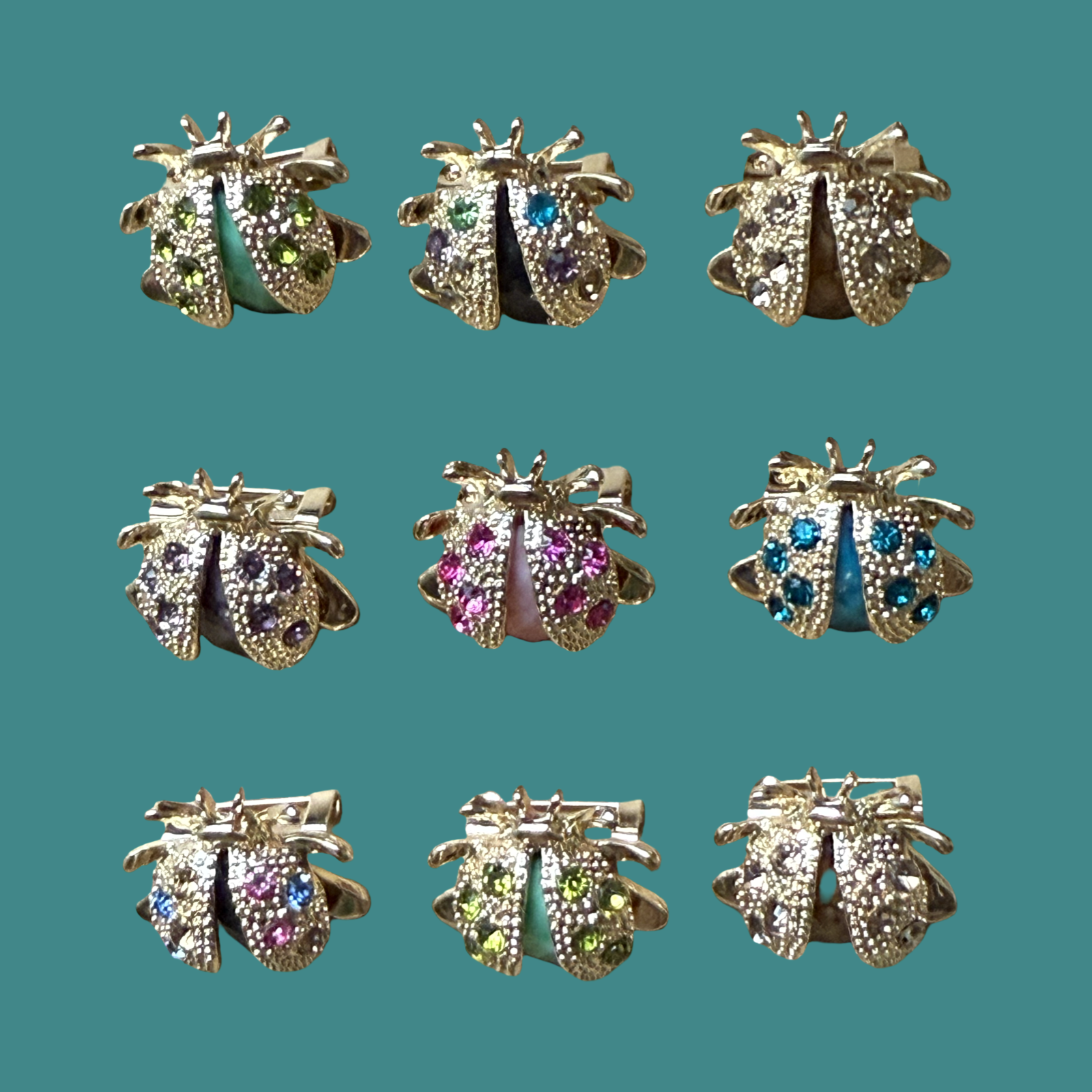
Collection of cute ladybug pins; House of Good Fortune Collection




